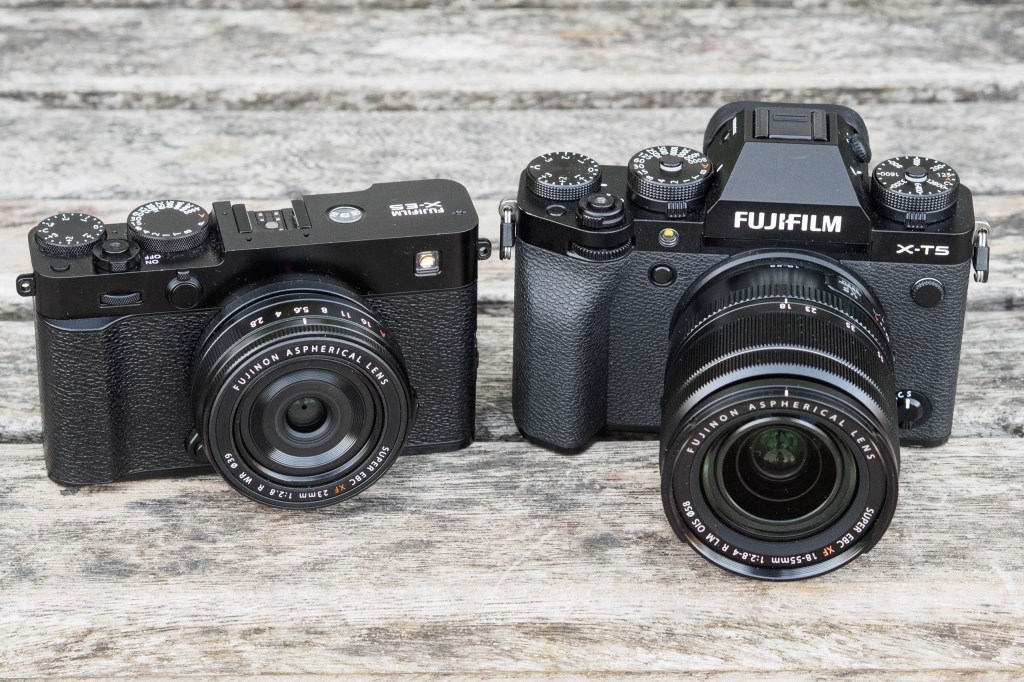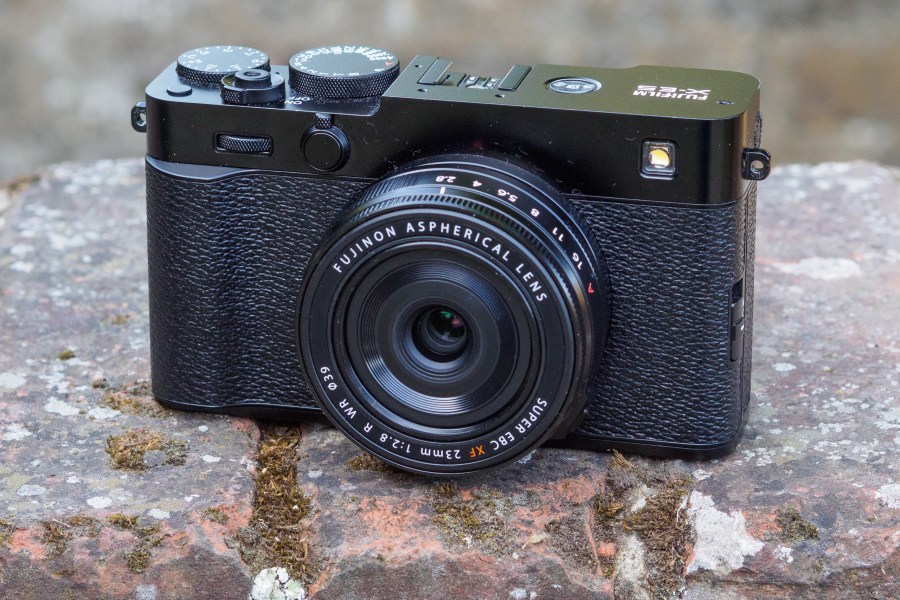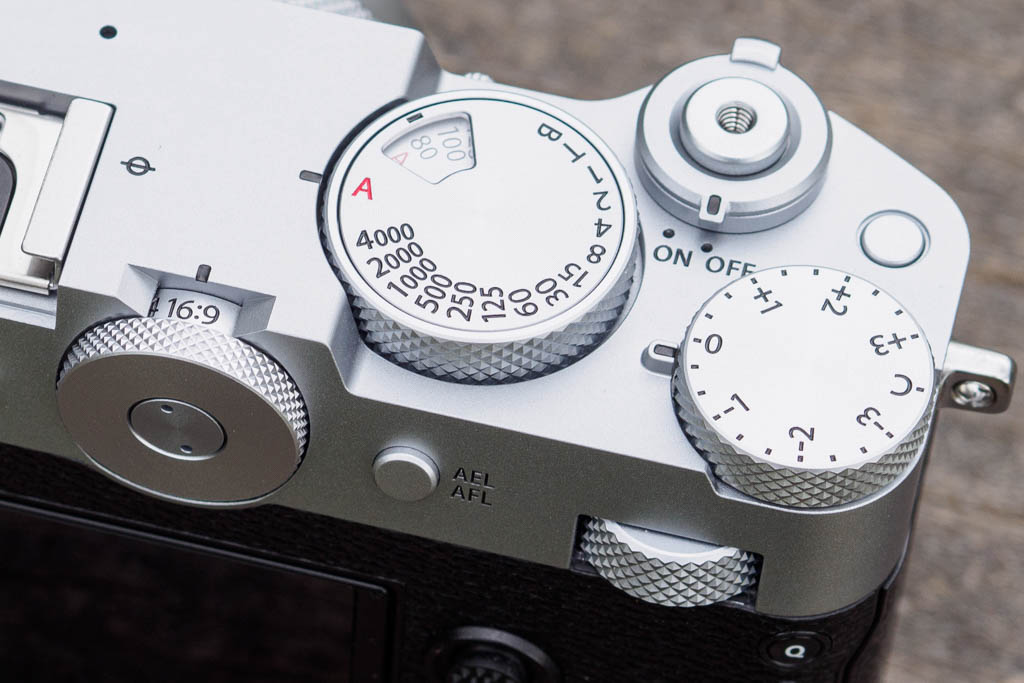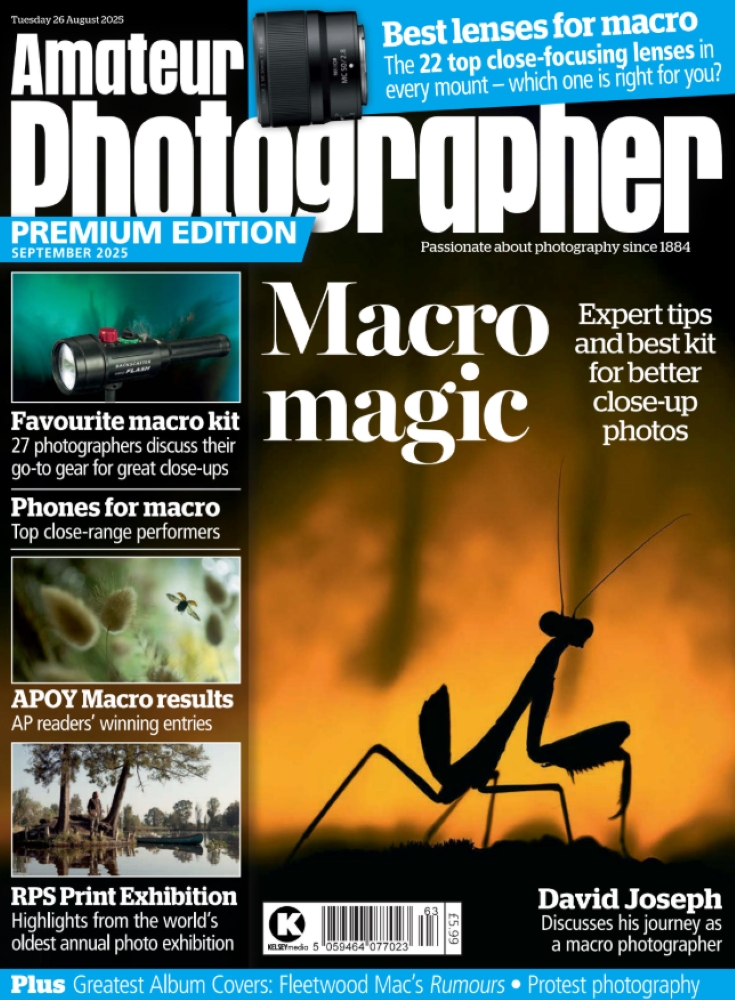Another month, another brilliant Fujifilm camera. I’ve just completed my full in-depth review of the Fujifilm X-E5, and the firm has done a great job of delivering on its promise of an ‘interchangeable-lens X100’. Unlike its predecessor the X-E4, it doesn’t skimp on features or over-simplify the design. Instead, it’s a lovely little camera that unashamedly caters to the needs of enthusiast photographers.
Fujifilm is making a habit of churning out brilliant cameras at the moment, all with drop-dead gorgeous design and fabulous image quality. Earlier this year we had the unique fixed lens, 100MP medium format GFX100RF, while last year, we saw the fabulous X100VI and X-T50. Quite simply, Fujifilm is producing camera after camera with a winning blend of style and charisma, in a fashion that no other manufacturer can quite match.
With its recent models, Fujifilm has added some welcome features, too. Most obviously, the firm has been making a point of giving users more direct access to its signature film simulations, via dedicated dials on the X-E5, X-M5 and X-T50, and a fabulous faux ‘film window’ touchscreen on the quirky-but-fun X half. The X-E5 also introduces ‘official’ film simulation recipe support, along with the ability to scroll through film modes using the front control dial.
On the GFX100RF and X-E5, you also get the option to set the aspect ratio quickly and directly (previously it was clunkily included within image size selection). The X-E5 introduces user-customisable AF areas to the Fujifilm line, too.

As an owner of an X-T5 and X100VI, though, there’s one thing I can’t help but notice. Once upon a time we’d have fully expected to see these features roll out across the rest of the firm’s current line-up via firmware updates. But as yet, that just hasn’t happened. And now I’ve used those new models, my cameras just feel uncharacteristically left behind.
And here’s the thing – Fujifilm used to be famous for its firmware updates. You could buy a new camera and be confident it would end up being better featured and slicker in operation a few years later. Indeed, this was one of the big attractions of buying into the brand – and it helped customers feel valued.
In part, Fujifilm’s previous approach was borne out of necessity. On early mirrorless cameras, there were plenty of things that could be improved. Technology was developing fast, and every round of firmware updates kept its models competitive relative to newer rivals from other brands. But Fujifilm’s cameras have now reached a level of maturity where there is, perhaps, less to be gained from this approach.
To be fair, Fujifilm still rolls out regular firmware updates, but now they mostly seem to be bug fixes. So while my X-T5 is on firmware version 4.31, arguably the only significant new feature that it’s gained is the Reala Ace film simulation. There have been some autofocus system tweaks too, but it’s not clear whether they’ve helped very much. Both the X-T5 and X100VI have also had a complete overhaul of how they connect to smartphones over Wi-Fi, which I file under “probably very worthy, but unexciting”.
And the thing is, I can see several easy ways to make the cameras better. On mine, I tend to use the analogue dials to change the exposure settings, and most often in aperture priority mode. This means that on both my X100VI and X-T5, the front and rear electronic dials don’t really do anything. I’d really like to be able to use them to set the film simulation mode and aspect ratio directly. I’d also love to get the fabulous 65:24 ‘XPan’ aspect ratio that’s on the GFX100RF, but not on X-series cameras.
There’s a really annoying operational feature/bug I’d like to see fixed, too. When you’re using subject detection, if you switch on face detection using the top-plate button, and then switch it off again, the camera drops back to the conventional multi-point AF system. I’d like to have it revert to whatever mode you were using previously.
More generally, I can’t help but think there could be a far better way to configure that button, so you could access both face detection and subject selection more easily. I’d make it so that a quick press toggles face detection on/off, as now, but holding it down for a second would let you scroll through face/eye detection options using the front dial, and subject detection options with the rear dial. That would make Fujifilm’s slightly over-complicated approach quicker to use.
I’m well aware that this may all sound rather entitled – after all, my cameras still work every bit as well as when I first got them, indeed probably a bit better. But equally, I think the firm has all the same benefits to gain from delivering more significant feature updates, in terms of customer loyalty and satisfaction, as it did before. So how about it Fujifilm, please throw a bone to us users of (slightly) older cameras, and let us have those nice new features, please.
The views expressed in this column are not necessarily those of Amateur Photographer magazine or Kelsey Media Limited. If you have an opinion you’d like to share on this topic, or any other photography related subject, email: ap.ed@kelsey.co.uk








